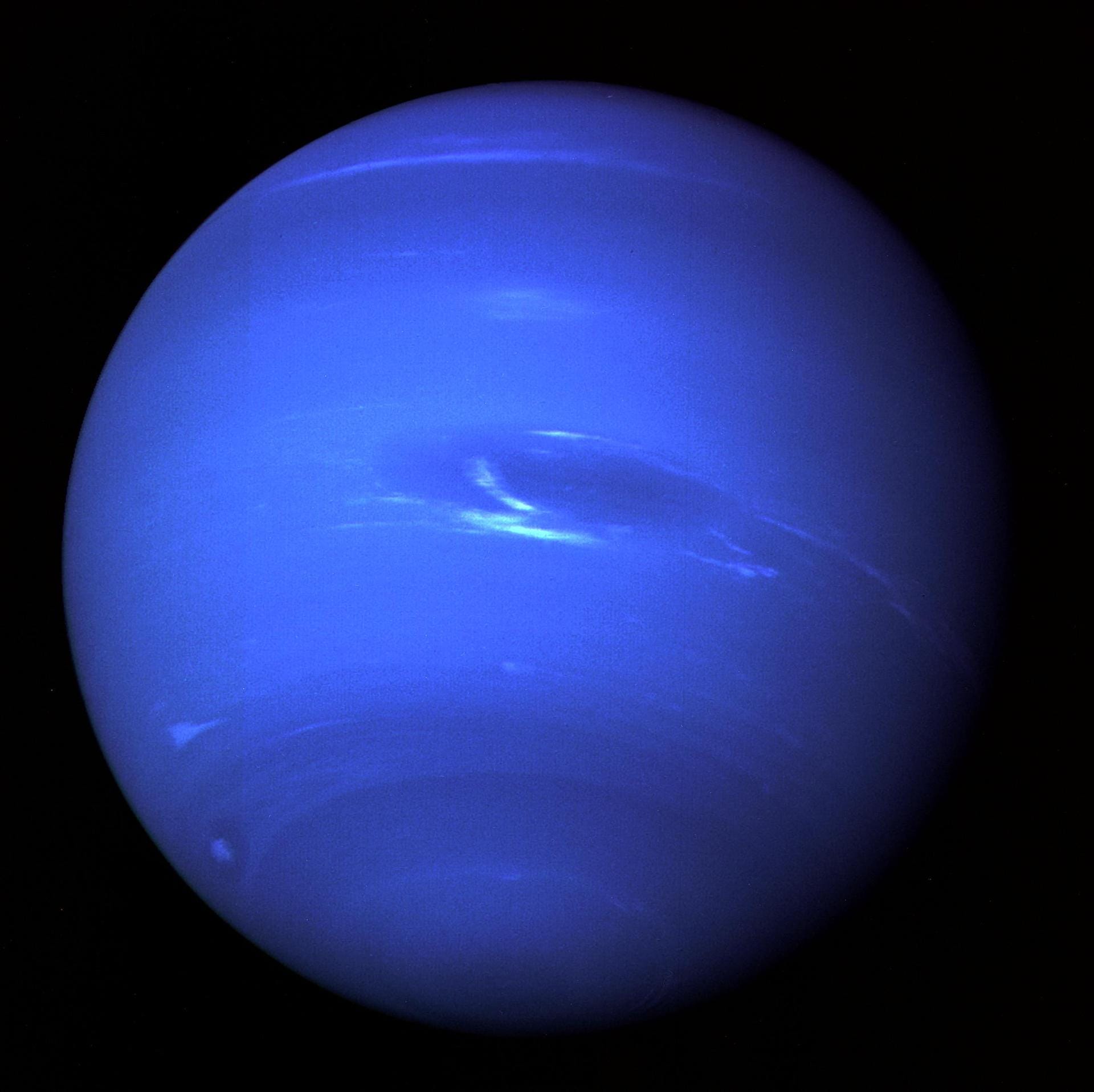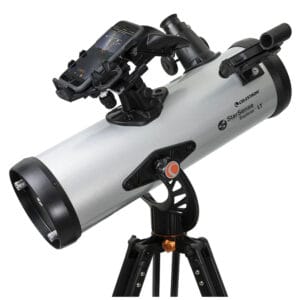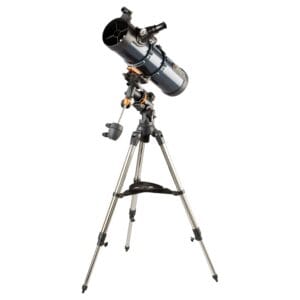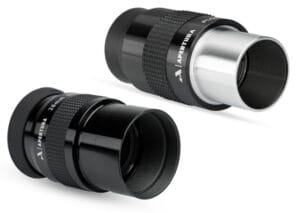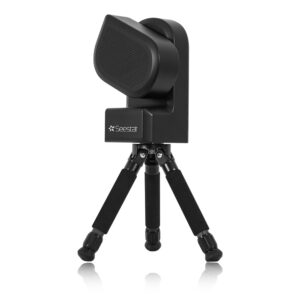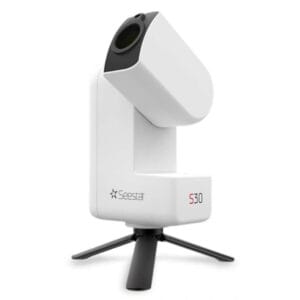Observing Neptune through a telescope feels like discovering a secret of the universe. Far away, quiet, and unassuming – yet this blue ice giant is one of the most beautiful objects an amateur astronomer can capture. No planet is so distant, which makes it a kind of trophy among observers.
While Jupiter greets you with storms and Saturn with its rings, Neptune remains mysterious. But those with patience and the right telescope are rewarded with a rare glimpse of our solar system’s most distant planet.
What Do You See when Looking at Neptune through a Telescope?
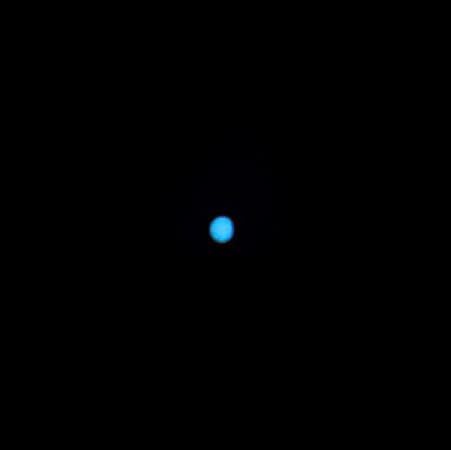
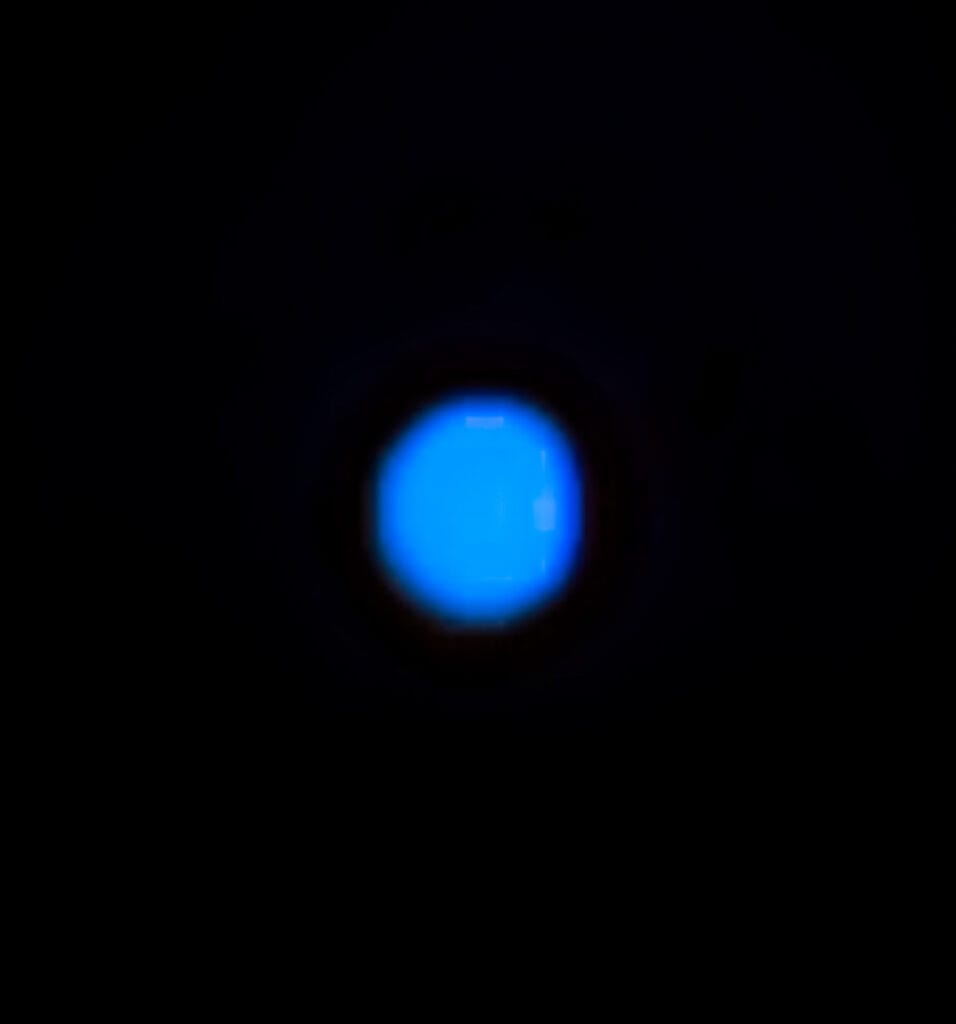
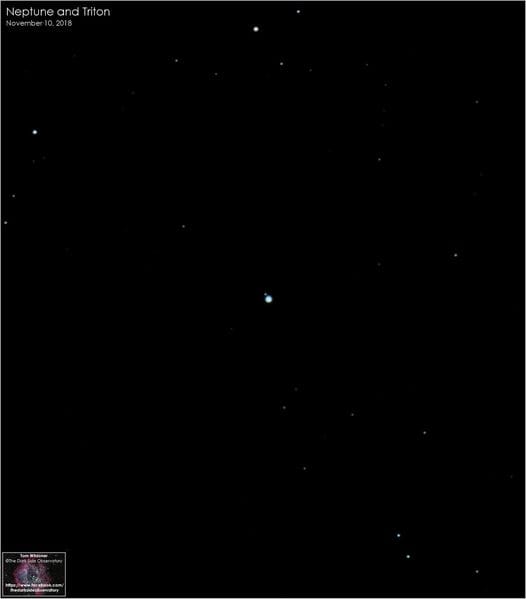
Don’t expect dramatic details, as you can see above. Neptune appears tiny in the sky, only 2.4 arcseconds across, about 1/75 of the moon. But with proper magnification, you’ll see:
✓ A small, bright blue-green disk
✓ A uniform sphere with a soft glow (due to methane in the atmosphere)
✓ Sometimes its largest moon Triton, visible as a faint dot nearby
✓ With very large telescopes (30 cm+): a hint of rings or cloud bands
That blue-green color comes from methane gas, which absorbs red light and reflects blue and green. Fun fact: wind speeds on Neptune can reach over 2,000 km per hour, the fastest winds in our solar system.
Can You See Neptune without a Telescope?
No. With a visual magnitude of around magnitude 7.8, Neptune is simply too faint for the naked eye. Even in perfectly dark conditions, it’s not visible without aid. Good binoculars can show it as a point of light, but you need a telescope to recognize it as a planet.
What Telescope Do You Need for Neptune?
To properly see Neptune through a telescope, you need at least the following:
✓ Minimum aperture: 150-200 mm (6 to 8 inches)
✓ Recommended magnification: 100x to 200x
✓ Mount: sturdy tripod or tracking mount (motorized recommended)
✓ Filters: blue or violet (like Wratten #47) to enhance contrast
Reflecting telescopes like a Dobsonian 200/1200 or a catadioptric system (e.g., Maksutov or Schmidt-Cassegrain) are particularly suitable due to their high magnification and light gathering ability.
Those using a telescope of 25 cm or larger might, under perfect conditions, faintly observe Neptune’s rings. These rings reflect only 2% of sunlight, making them extremely difficult to see.
What’s the Best Time to Observe Neptune?
The ideal time to observe Neptune is during opposition, when the planet is directly opposite the sun and closest to Earth. This happens approximately every 16 months. During opposition, Neptune is visible all night and at its brightest.
✓ Plan your session on a moonless night
✓ Choose a dark location with minimal light pollution
✓ Use an app like Stellarium to determine its exact position
✓ Observe for several consecutive nights to track its slow movement among the stars
Interesting fact: although Neptune was discovered by telescope in 1846, its existence was mathematically predicted before anyone saw it… a unique occurrence in astronomy.
What should You Watch for During Observation?
✓ Start with low magnification to find Neptune
✓ Switch to 150x or higher to see the disk shape
✓ Use filters to better see the atmosphere
✓ Ensure your telescope is properly cooled and collimated
✓ Be patient – atmospheric turbulence can temporarily blur your view
With larger telescopes, you can also try to find Triton, Neptune’s largest moon. It’s notable because it orbits in the opposite direction of the planet’s rotation. This makes it unique in the solar system.
Conclusion
Observing Neptune through a telescope may not be easy, but it’s all the more memorable. You won’t see storms or rings like Saturn’s, but rather a calm, icy sphere quietly sitting almost 4.5 billion kilometers away. With a telescope of 20 cm or larger, dark skies, and proper magnification, you’ll see it for what it is: a distant, beautiful world that few have ever consciously observed.
Curious which telescope can give you this view? Check out our stargazing guide for personal advice.

